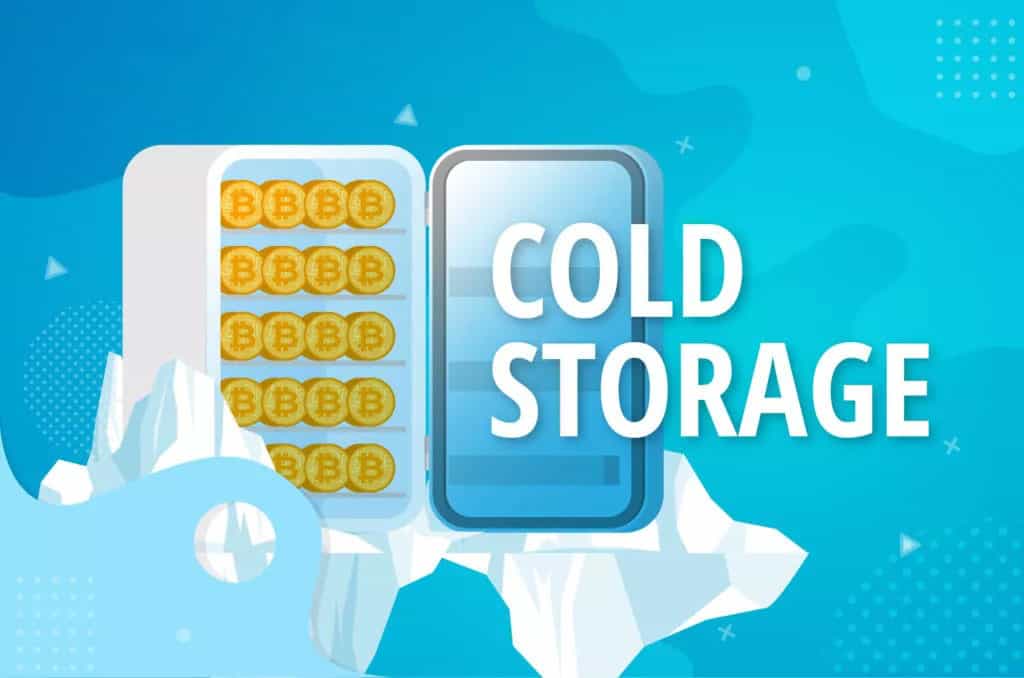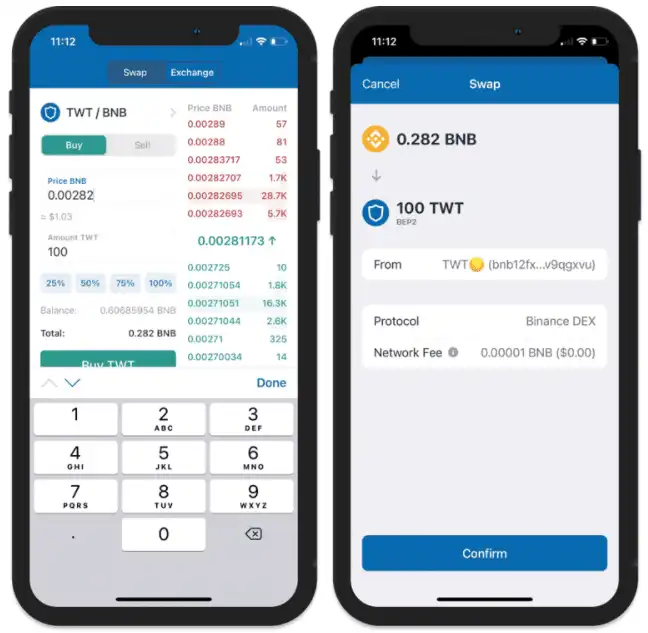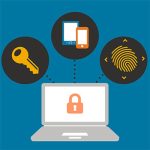How to keep your cold wallet safe isn’t just about peace of mind—it’s a must-do in the crypto world. I’ve seen what happens when security slips, and trust me, you don’t want to learn the hard way. Let’s dive into no-brainer steps to fortress your offline stash. I’ll walk you through physical wallet tricks that block thieves cold, and tech-savvy measures to keep your digital gold locked tight. With my tips, your cold wallet won’t just be safe; it’ll be a virtual Fort Knox. Ready to be unbreakable? Let’s secure your crypto future.
Understanding Cold Wallet Security Measures
The Importance of Robust Offline Wallet Protection
Why is keeping your cold wallet offline important? It’s like a safe that’s offline. It can’t be hacked when it’s not on the internet. Offline wallet protection is key when you own crypto. It keeps hackers away, as they can’t steal what they can’t reach. Think about it. You wouldn’t leave your house keys in your door. So, don’t leave your digital cash out in the open web.
To protect your offline wallets, go for high security. Use strong, unique passcodes. These aren’t your pet’s name or your birthday. They should be a random mix of letters, numbers, and symbols. Want to be extra safe? Use a passphrase –– a long, random string of words – hard to guess, easy to remember.
Taking care of your wallet addresses is also super important. Managing them securely means checking them often. Make sure all your receive and send actions match your records. This way, no one sneaks in any changes.
Implementing Physical Cold Wallet Safety
Now, let’s talk hardware wallets. These tiny devices hold your private keys. They are like your crypto’s lock and key. Protecting these is a must. Here’s how:
First off, keep your hardware wallet hidden. It should be out of sight, in a place only you know. Design a cool spot. Maybe behind a book or in a fake outlet.
Next, if you travel with it, keep it close. It should stay in your hand or a tight pocket. Also, don’t show it off. You wouldn’t flash stacks of cash, right?
Backup strategies for cold wallets are lifesavers. Lost or broken wallet? No problem if you have a backup. Write down your recovery words. Then, lock them up too. They’re like a backup key to your funds.
When updating your wallet’s firmware, be careful. Always download updates from the maker’s site. Using the official site stops bad software from sneaking in.
“Cold wallet” sounds fancy, but it’s simple. It only means “offline wallet.” Safeguarding these wallets isn’t rocket science. It’s like keeping safe anything you treasure. Simple steps, when added up, make a big fortress for your crypto assets.
Regularly clean and inspect your wallet. No, not with soap and water. Keep an eye on its software. Check that everything works as it should. Regular checks stop issues before they grow.
Lastly, educate yourself on scams. Know what they look like. This way, you won’t fall for them. If an offer seems too good to be true, it probably is.
Taking care of your crypto is a big deal, but it doesn’t have to be tough. Use good sense, stay alert, and follow these tips. Your digital treasure chest will thank you!
Advanced Security Protocols for Your Hardware Wallet
Employing Encryption and Multi-Signature Techniques
Secure your crypto like you would a treasure chest. Use strong locks and many keys. That’s like using encryption and multi-signature on hardware wallets. But what’s multi-signature? It’s when more than one person must approve a crypto move. It’s like needing two keys to open a bank vault.
Encryption scrambles your wallet data. Only you can unscramble it with your key, or password. So, even if someone gets your hardware wallet, they can’t get your crypto. It’s locked away safe.
Regular Firmware Updates and Maintenance Routines
Keep your wallet’s software fresh and strong. All tech stuff, like phones and computers, get updates. Your hardware wallet does, too. Updating fixes weak spots hackers might attack. Follow these steps:
- Plug your wallet into a computer.
- Go to the wallet’s website.
- Download the update.
- Install it safely on your wallet.
Remember to do this often. Like how you brush your teeth every day.
Why update firmware often? If you don’t, hackers can sneak in through old software flaws. Regular updates keep your defenses up.
How to check for updates? Bookmark your wallet’s update page. Check it monthly, like paying bills.
Is this hard to do? Not at all. Just follow the wallet’s guide. It’s like following a recipe to bake cookies.
What if I skip updates? Don’t! It’s like leaving your house door open. Anything could come in.
Keep your hardware wallet clean and up to date. Think of it as caring for a garden. You keep pests out and help it grow strong and safe. Stay sharp against scams. Never share your PIN or keys. And always back up your data. Keep your cold wallet offline and in a safe place. Now, you’re like a digital vault guard. Your crypto is safe.
Proactive Steps to Safeguarding Your Crypto Assets
Developing Comprehensive Backup Strategies
You’ve got a cold wallet? Great choice. A cold wallet, or offline wallet, is a smart way to keep your crypto safe from online theft. But just having one isn’t enough. Let’s talk backup strategies. First things first, keep at least two backups in separate places. One could be in a safe at home, another in a bank deposit box. This way, if disaster strikes one spot, you’ve got another waiting.
Now, imagine forgetting your wallet’s PIN or losing your passphrase. Not fun, right? Write them down and lock them up the same way – in different spots. If your wallet lets you, create a recovery phrase too. This is a secret list of words that can bring your wallet back if it’s lost or broken. Don’t keep it on your computer or phone where hackers could find it.
Remember, your crypto’s not just bits and bytes. It’s real money. Treat it like your life savings, ’cause for some, it might be.
Avoiding Phishing Attacks and Securing Private Keys
Ever get an email or message that looks real but feels off? That could be a phishing attack. They’re fake messages trying to trick you into giving access to your wallet. They might ask for your private keys, which are like the secret codes to your crypto. Never share these keys with anyone.
Let’s keep those keys safe. A hardware wallet is like a vault for them. Imagine it’s a treasure chest. You wouldn’t leave that just lying around, would you? So, protect your wallet like you would a chest full of gold coins. Maybe get a Ledger or a Trezor. These are good brands that know how to keep your crypto secure.
When you create a PIN for your wallet, make it tricky. Think beyond birthdays or 1234. Hackers love those. But don’t get too crazy that you forget it. It’s a fine line. Just make sure it’s something hard for others to guess but easy for you to remember.
And here’s a pro tip: think about multi-signature setups. This means setting up your wallet so it needs more than one key to get in. It’s like having a lock with two keys. Even if someone gets one, they can’t get your crypto without the other.
In the end, keeping your crypto safe is a lot about being smart and a bit about being careful. Remember these tips, and you’ve got this. Your cold wallet’s only as safe as you make it. So, get going and lock it down tight!
Best Practices for Cold Wallet Safety on the Go
Ensuring the Safety of Your Cold Wallet While Traveling
When you travel, keeping your cold wallet safe is a top job. First, never let your wallet out of sight. If you can, wear it close to you, like in a hidden pouch. Tell no one about it. Your cold wallet safety is your secret alone.
Remember, quiet moves win. Share your travel plans only with those you trust. For busy spots, like airports or train stations, stay alert. Thieves look for easy targets. Your sharp eyes can stop them.
Always use strong PINs for your hardware wallet. They are like a secret code. Easy ones are easy to guess. Hard ones can block prying eyes. Look at using a robust cold wallet passphrase too. It’s an extra step for peace of mind.
Keep your cool when you’re on the move. Don’t check your wallet in public. Find a private spot if you must sneak a peek. Also, use tech that hides your moves. Some wallets let you use decoy accounts. It can trick people who watch too close.
At your stay, use a safe if there is one. It can be a good home for your wallet when you’re out. If you have no safe, keep it hidden. A locked suitcase can work too.
Backup plans are your friend. Have copies of your recovery seed in secure spots. If you lose your wallet, this is your lifeline. But remember, keep it safe like you do your wallet.
The Role of Cold Wallet Insurance and Recovery Planning
Plans for the worst can save you. Think about cold wallet insurance. It can be a safety net if things go wrong. Look for insurance options that cover theft or loss. Not all do, so ask questions and read carefully.
Know your wallet’s recovery steps. If you have a Ledger or Trezor, they have guides. These can help you get back on your feet if you hit a snag.
A cold wallet disaster recovery plan is key. List steps to take if your wallet goes missing. Write down who to call, like wallet support, and what to do first.
Keep your wallet’s firmware fresh. Outdated software is like an open door for hackers. But with updates, you block their way. You’ll find peace in knowing you’re using the latest defense.
When you travel, remember, it’s not just a trip. It’s a mission to keep your crypto safe. But with the right moves, you can relax and enjoy the ride. Your wallet’s safety is in your hands. With these best practices, you’ll be the hero in your own secure-slots story.
In this post, we’ve broken down key ways to keep your crypto safe and sound. We started by emphasizing how critical secure cold wallets are. Remember, it’s all about keeping your offline wallets locked tight.
We talked about beefing up security with things like encryption and extra sign-offs. Keeping your gear’s software fresh helps too. Don’t forget to back up all your stuff and watch out for sneaky scams. Protect those secret keys like they’re treasure!
When you’re out and about, keep your cold wallet secure. Consider insurance and have a plan just in case something goes sideways. So there you have it—stick to these tips, and you’ll be way ahead in keeping your digital coins out of harm’s way. Your hard-earned crypto deserves top-notch care, and that’s exactly what these practices are all about. Stay smart, stay safe!
Q&A :
How can I ensure the safety of my cold wallet?
Cold wallets, also known as hardware wallets, are offline devices used to store cryptocurrency securely. To ensure their safety, follow these tips:
- Keep Your Software Updated: Regularly update the wallet’s firmware from the official source to protect against vulnerabilities.
- Use a Strong PIN: Set a complex PIN and never share it with anyone.
- Secure Your Recovery Phrase: Write down your recovery seed and store it in a secure location separate from your wallet.
- Avoid Phishing Attacks: Be cautious of unsolicited messages asking for your private keys or recovery phrases.
- Physical Security: Store your cold wallet in a secure location, such as a lockbox or safe.
Remember that the security of your cold wallet largely depends on how you manage it.
What are the best practices for storing a cold wallet securely?
Storing a cold wallet securely involves several key practices:
- Offline Storage: Store your cold wallet in a location with limited access, away from potential online threats.
- Environmental Protection: Keep your device away from environmental risks like water, fire, or extreme temperatures.
- Multiple Backups: Have more than one backup of your recovery phrase, stored in separate, secure locations.
- Use a Tamper-Evident Wallet: Choose a cold wallet that has tamper-evident packaging to ensure it hasn’t been compromised.
- Keep It Private: Limit knowledge about your cold wallet’s existence and location to a trusted few.
Consistent application of these practices will help keep your cold wallet secure from most threats.
Are cold wallets really safer than hot wallets?
Yes, cold wallets are generally considered safer than hot wallets because they are not continuously connected to the internet. This lack of connectivity significantly reduces the risk of online hacking, phishing, and other cyber threats. However, it is critical to follow proper security measures for cold wallets to maintain this level of safety.
Can cold wallets be hacked or compromised?
While cold wallets are offline and not susceptible to online hacking, they can still be compromised through physical means if proper precautions are not taken. Always be vigilant about physical security and the potential for social engineering or phishing attempts that can lead to unauthorized access.
How regularly should I update my cold wallet’s security features?
Regular updates to your cold wallet’s security features are crucial to protect against newly discovered vulnerabilities and threats. Check for firmware updates provided by the manufacturer at least every few months and ensure that you apply these updates following the recommended procedures.
Maintaining a well-optimized and secure cold wallet involves a combination of adopting best practices, staying educated on security trends, and understanding the limitations and strengths of your chosen hardware wallet. Remember, the most important aspect of crypto security is your own vigilance and proactive measures.




